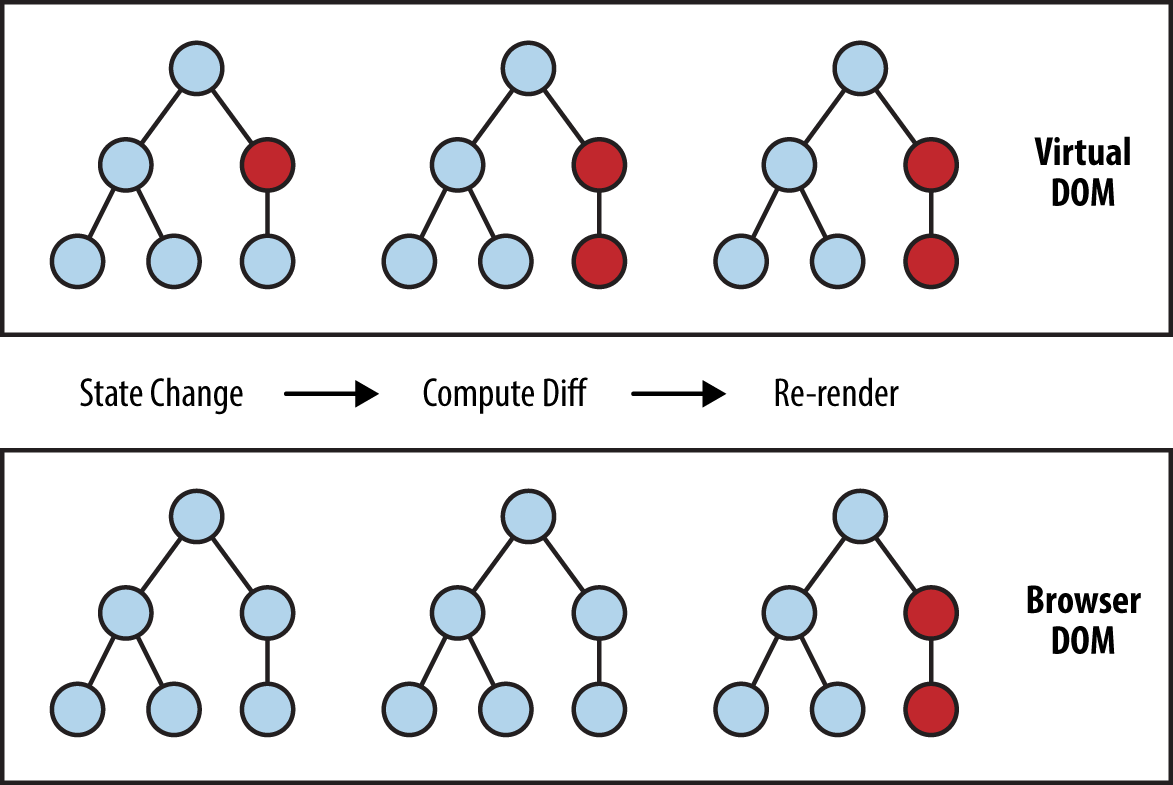

- RE RENDERING USING REACT ROUTER DOM INSTALL
- RE RENDERING USING REACT ROUTER DOM SOFTWARE
- RE RENDERING USING REACT ROUTER DOM CODE
You want to only render content based on the location’s pathname, you should use a element. The Route component is the main building block of React Router. The helps when multiple Route path match the same pathname. It is only render the first one that matches the current location. Switch component is used to group Route together. Link can use to: string and to: object both. Header component contains the links for navigation. In this example created a div immediate after Router for single child. A simple universal react application with server side rendering built with latest versions of React (v16+), React Router (v5+), Redux (v4+), Express (v5+), Webpack (v4+), Babel Preset ES6.
RE RENDERING USING REACT ROUTER DOM SOFTWARE
The Router accept only single child element. Universal React is an open source software project. Import BrowserRouter as Router, Route and Link from react-router-dom Now we are creating file src/RoutingExample.js for example. BrowserRouter component should be used to dynamic requests and HashRouter use should be used to static website. All component should be imported from react-router-dom.įor web based application, there are BrowserRouter and HashRouter components. Router Component, Route Component and Navigation Component. There are three types of components in React Router. If we don't use this, we can default to the Error component, which we're going to write later.In this lesson we will learn about react-router-dom for web application. These ensure that only one component is rendered at a time. Lets get started now: create a new file in the src/pages directory, and call it App.js. It is used to navigate through different webpages without making your web browser refresh which makes your. Next, in your App component, add the Switch element (open and closing tags). React Router will render our root route first, which in turn is responsible for rendering its children. React Router is one of the most powerful and most used routing libraries for React. If you are upgrading from v5, you will need to use the latest flag: npm i -D react-router-domlatest.
RE RENDERING USING REACT ROUTER DOM CODE
Note: This tutorial uses React Router v6. Using Router DOM with React.js TypeError: Cannot read property name of undefined Code Answer Octoadmin Hello Developer, Hope you guys are doing great. It's the component that does all the logic of displaying various components that you provide it with. To add React Router in your application, run this in the terminal from the root directory of the application: npm i -D react-router-dom. It is also available in the react-router-dom module. And through one of the hooks, we can have access to the match object. But we now render them as a child element. Everything that gets rendered will need to go inside the element, so wrap your App in those first. Before the Hooks are introduced in React router, the component prop in the Route element is one of the methods used to render the components. In my example, I link the landing page with two other "pages" (which are actually just components) called Shop and About.įirst, you'll need to set up your app to work with React Router. You'll need to import BrowserRouter, Route, and Switch from react-router-dom package: import React, from 'react-router-dom'
RE RENDERING USING REACT ROUTER DOM INSTALL
To use React Router, you first have to install it using NPM: npm install react-router-domĪlternatively, you can just use this playground in Scrimba, which has the completed code already written. At its core, what React Router does is conditionally render certain components to display depending on the route being used in the URL ( / for the home page, /about for the about page, etc.).įor example, we can use React Router to connect to or Sounds great - how do I use it?

These are usually referred to as SPAs - single- page applications. Many modern websites are actually made up of a single page, they just look like multiple pages because they contain components which render like separate pages. If you want a proper introduction to this subject, you can join the waitlist for my upcoming advanced React course, or if you're still a beginner, check out my introductory course on React. Instead of wasting it on social media, let's get a 5-minute introduction to React-Router! In this tutorial, we're going to learn the basics of routing in React by building navigation for a Scrimba knitting shop website.
 Sometimes you've only got 5 minutes to spare. No, if you're moving from / to /librarians path, your
Sometimes you've only got 5 minutes to spare. No, if you're moving from / to /librarians path, your 

 0 kommentar(er)
0 kommentar(er)
